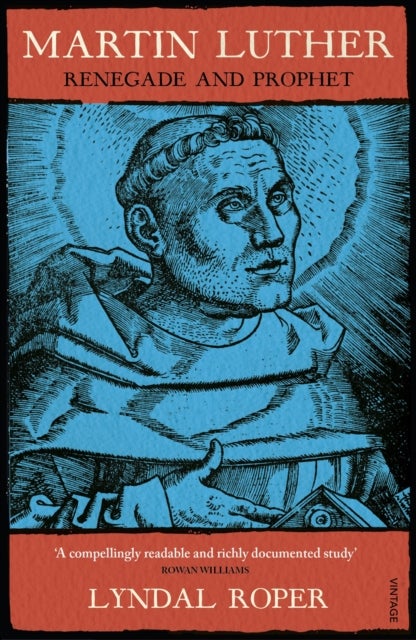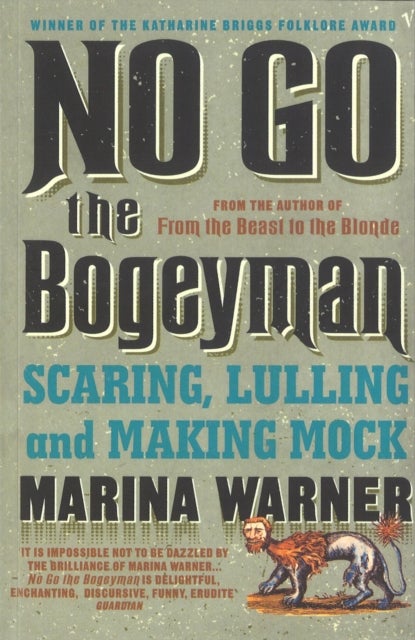
Foreigners Among Us av Christina (Associate Professor of Anthropology at the Universite de Montreal.) Halperin
479,-
<P>Assessing key questions such as who the foreigners and outsiders in ancient Maya societies were and how was the foreign a generative component of identity, <I>Foreigners Among Us</I> reassess the arrival of foreigners as part of archaeological understandings of Pre-Columbian Maya and questions not only who these foreigners might have been but who were making such designations of difference in the first place. </P><P></P><P>Drawing from identity studies, standpoint theory, and ideas on alterity, <I>Foreigners Among Us </I>highlights the diverse ways being foreign was constituted, imitated, and marked ¿ from quotidian practices of making corn tortillas to ceremonial acts between king and captive and their memorialization in scenes on sculpted stone monuments. Rather than<B> </B>treat the foreign<B> </B>as axiomatically determined by geographical distance or fixed at birth, the book considers the foreign as much performed as inherited. It examines practices of captivity, cuisine, body








